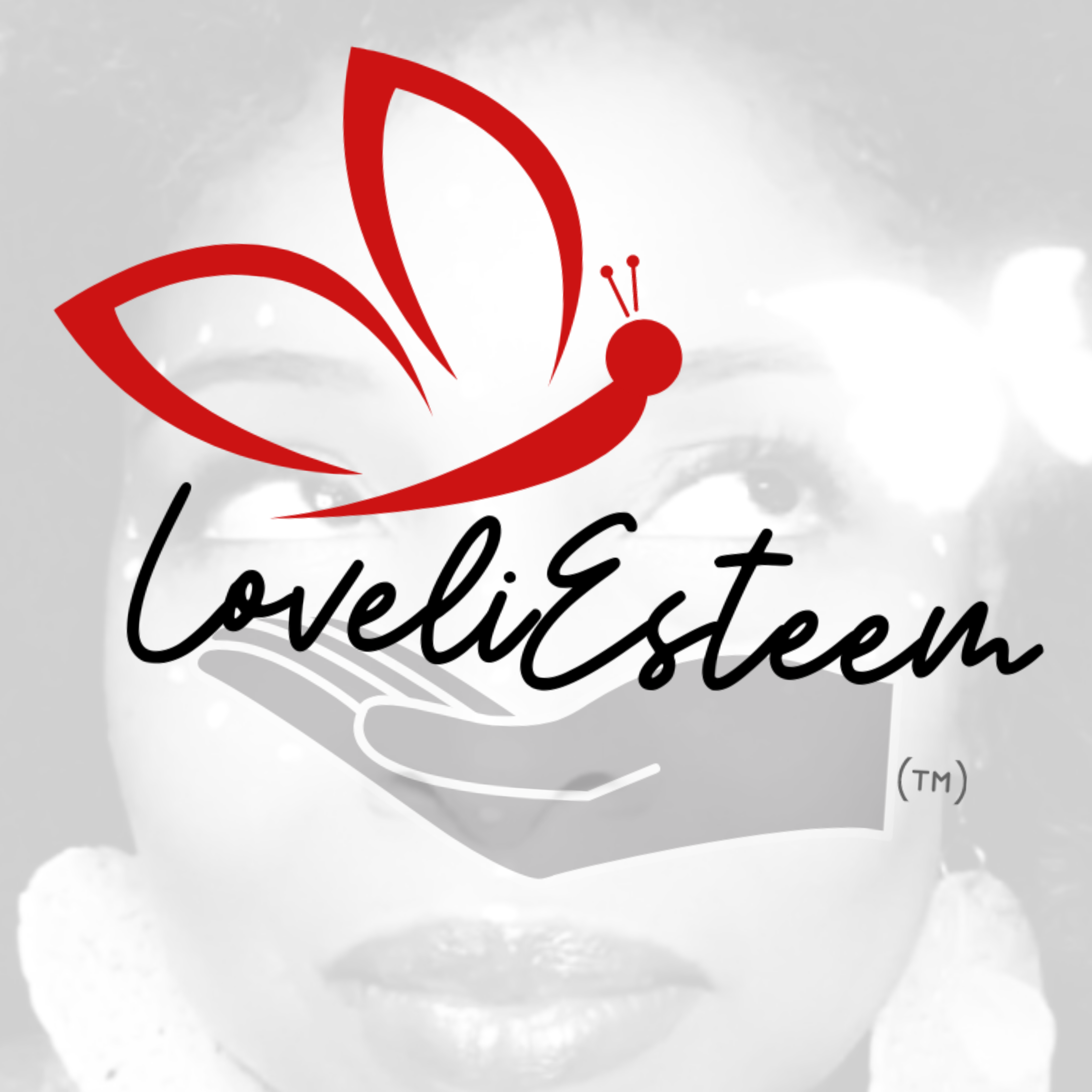When Productivity Dips with the Temperature: Understanding Seasonal Depression in the Workplace
- LoveliEsteem

- Oct 8
- 3 min read

By Loveli Brown ❤️
Founder of LoveliEsteem | Holistic Mental Health Advocate | Confidence & Leadership Coach
🍁 The Shift You Can’t Always See
As the days grow shorter and the weather cools, many employees begin to feel a subtle emotional and physical shift. It’s not laziness or disengagement, it’s often Seasonal Affective Disorder (SAD) or seasonal depression.
And the truth is, it can quietly ripple through your workplace long before anyone says a word.
Seasonal depression affects millions each year, often showing up as:
Decreased motivation or focus
Increased fatigue and absenteeism
Irritability or emotional withdrawal
Difficulty starting tasks or making decisions
Reduced creativity and engagement
The tricky part? Many employees won’t recognize what’s happening to them, or feel safe enough to talk about it.
🌤 How Employers Can Recognize the Signs
Awareness is the first step toward creating a supportive, mentally healthy workplace. Here are some subtle signs leaders should look out for:
Energy dips: The employee who used to bring morning enthusiasm is suddenly quieter or slower to engage.
Performance changes: Deadlines are harder to meet, small mistakes increase, or quality of work fluctuates.
Social withdrawal: They skip lunch with coworkers or stop attending team check-ins.
Physical symptoms: More sick days, complaints of fatigue, or frequent headaches.
These are not signs of poor character, they’re signs of overwhelm. Compassionate leadership recognizes that people are whole humans, not machines.
💼 5 Ways Employers Can Help
1. Prioritize Light and Movement
Encourage walking meetings, provide access to natural light, or install daylight lamps in workspaces. Light therapy can have a powerful impact on mood and energy.
🧠 Small Step: Start each team meeting with a two-minute stretch or breathing exercise, boosting circulation and focus.
2. Promote Flexible Schedules
Shorter daylight hours mean some employees function better with adjusted start or end times. Flexibility can reduce stress and help balance energy levels.
💬 Pro Tip: Offer “flex days” or mental health mornings during darker months to give employees time for self-care.
3. Create Safe Conversations Around Mental Health
Normalize discussions about burnout, stress, and mood changes. When leadership models vulnerability, it gives permission for others to be honest.
🗣 Example: Add mental health check-ins to your one-on-one meetings: “How are you managing energy this season?” goes a long way.
4. Offer Employee Assistance and Wellness Resources
Provide access to Employee Assistance Programs (EAPs), virtual therapy partnerships, or mindfulness workshops. Consider offering group sessions or retreats that focus on stress management and emotional wellness.
💛 Invest in care the same way you invest in productivity.
5. Build Community and Belonging
Seasonal depression thrives in isolation. Create warm, inclusive spaces that build connection, a gratitude wall, monthly coffee chat, or volunteer day can help employees feel seen and valued.
🕯 Connection is healing. Don’t underestimate small acts of human kindness.
✍️ Reflection Exercises for Leaders
How do I model mental health awareness in my workplace?
What systems or policies make it harder for my team to rest or ask for help?
How can I make wellness support as normal as performance reviews?
💬 A Message for Leaders
If your employees seem “off,” don’t rush to correct performance, pause and check in. Sometimes, what looks like disinterest is actually exhaustion. What appears as procrastination might be depression.
Leading with empathy doesn’t just improve morale, it saves careers, reduces turnover, and strengthens your culture from the inside out.
Because when we nurture the whole human, the organization thrives too.
✨ You can’t change the season, but you can change how your people feel in it.
💻 For more holistic leadership tools and mental health resources, visit www.LoveliEsteem.com
🎙 Listen to the “Healing Through Conversations” podcast for more mental wellness topics in the workplace.




Comments